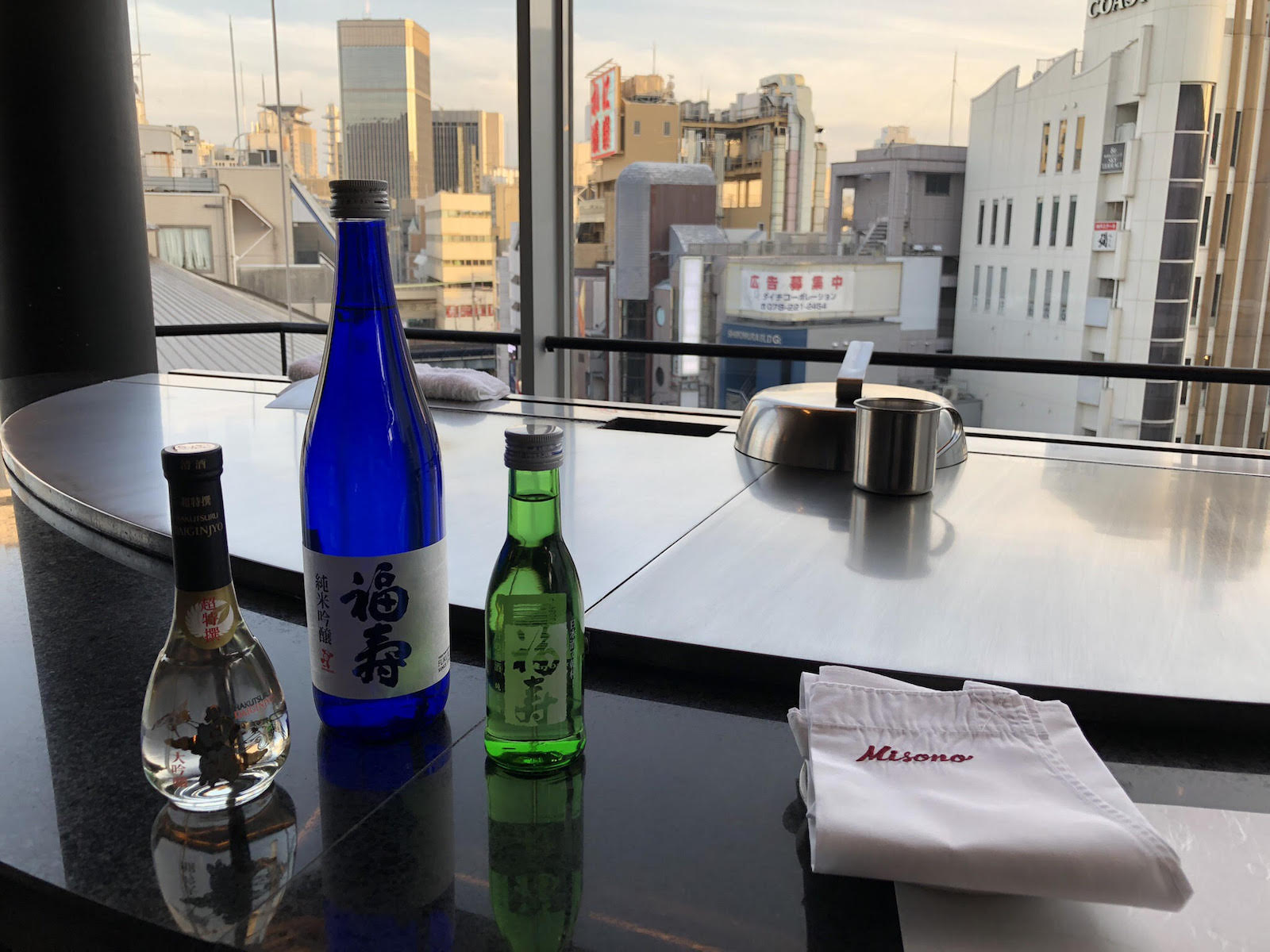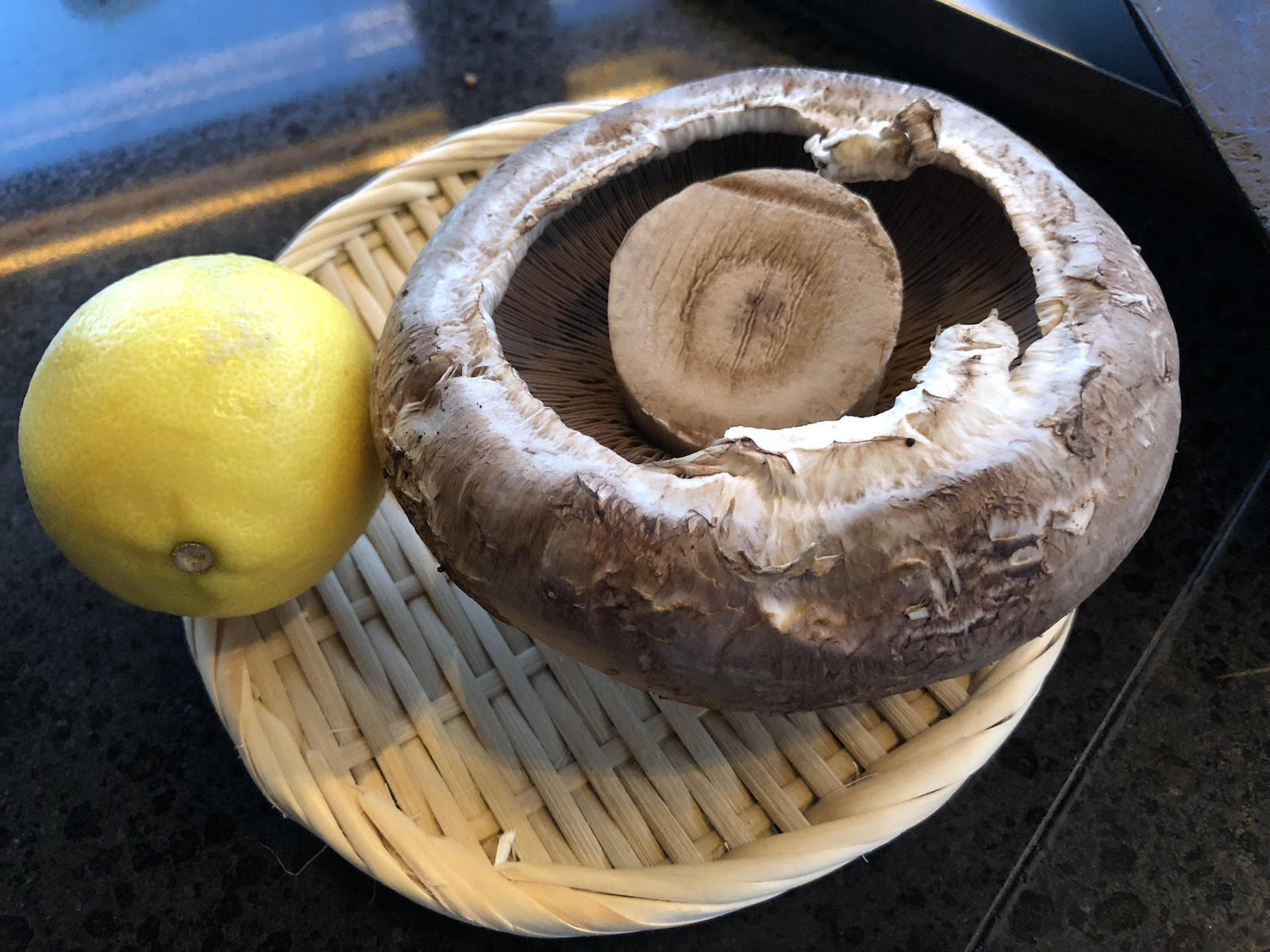Teppanyaki is an iconic Japanese style of cuisine in which the chef and the diner enter into a culinary interpersonal relationship. The chef takes the yaki (grilled or broiled food) orders from the diner, prepares the food for the diner on the teppan (iron plate), and serves the diner on-the-spot. The chef is the star, along with the restaurant atmospherics, the service staff, and other diners who often share the seating around the iron griddle table.
Today, teppanyaki restaurants are increasingly popular around the world and very popular in Japan, Taiwan and the United States. Many American consumers associate the chain restaurant Benihana with the teppanyaki style of performance cuisine. Founder Hiroaki “Rocky” Aoki opened his first restaurant on West 56th Street restaurant in New York City in 1964, and today the chain has 77 restaurants in the United States, Caribbean, Central and South America.
The date for the first teppanyaki tradition in Japan, like some Facebook relationships, is complicated. Teppanyaki is seen by some as an outgrowth of the family-style hibachi (“fire bowl”) grill, which has been around for hundreds of years, but the two are quite different. Teppanyaki is quite a young cooking style in comparison to hibachi, that emphasizes performance grilling to delight diners as their meal is prepared before their eyes. It dates back to the Japanese immediate postwar era, when diners were not local Japanese but arriving from a country that loved baseball, apple pie and grilled hamburgers. Misono, a Teppanyaki restaurant I recently visited in Kobe, bills itself as the originator of teppanyaki steak and it gives all the credit to the palate of an American soldier.
It was a few months after the end of World War II. Kobe, the largest port city in Japan and once the home to the Imperial Navy, had been heavily bombed and decimated by air raids from the allied forces. After the war, Kobe’s restaurants had new hungry customers in the form of the American occupying forces. The Sannomiya downtown district was teeming with soldiers who were yearning for grilled beef to remind them of back home. Then, as now, the United States remains the largest consumer of beef in the world.
Misono’s appeal is the story it shares with customers about its founding. An American officer of the occupation army walked into a downtown okonomiyaki (“grilled pancake”) shop in fall 1945. The owner, a young man in his 30s named Shigeji Fujioka (1909-1999), had before the war run a cafe and coffee bean wholesale business. After the war, he went to the dockyards and collected an iron plate to use to make okonomiyaki. The American officer thought he had picked the wrong restaurant. He didn’t particularly like what Fujioka served to him. The American noticed something was missing, something typical from back home. He asked Fujioka, “Hey, where’s the beef?” Well, this is a bit of literary license since we don’t really know what the American said, but I can imagine that he was in search of something more familiar than traditional Japanese cuisine.
Using the same teppanyaki spatula that was once used for okonomiyaki, Fujioka ingeniously replaced the pancake with grilled beef steak to please his Western customers. Soon, mostly Americans were coming for the entertaining cooking presentation show. The occupation era photos that are on display in Misono show Japanese dancers seated along with the Americans, all in search of something exciting and extravagant. It wouldn’t be a stretch to link the founding of Misono teppanyaki style as part of Japan’s unofficial culinary diplomacy, defined as “the easiest way to win hearts and minds is through the stomach.”

Teppanyaki style is a well-known joy for the senses, but the Made in America beef-seeker with Made in Japan culinary history is lesser known. When you visit Misono Kobe today, if you are lucky, you’ll have the culinary skills of the veteran Misono chef and manager, Kazuyuki Mototani, who prepared and served my meal. Mototani is part of what is being called a “Teppanyaki Movement” where chefs and their clientele are specially trained to prepare for interaction and communication in face-to-face interactions. Mototani and his staff believe strongly in making everyone around the teppan happy and delighted with the quality of finest grade beef cuisine as well as how it is prepared and served. Misono has locations in nearby Osaka and Kyoto and two Tokyo locations in Shinjuku and Ginza, but one can feel the spirit of its 74-year-old origins in Kobe.
Chef Mototani was born in Hiroshima and graduated from Osaka’s Abeno Tsuji Culinary Institute. From there he went to Paris to study French cuisine, and at the age of 27 he began working for Misono. He would rise to general manager of all Misono restaurants in Japan. What explains his over 30 years at Misono? He tells me it’s the unique style workplace with meeting people every day and cooking for clients who request him as their chef. There is no one-style-fits-all manual for preparing cuisine. It is driven by the diners. I requested Kobe beef—the restaurant features premium A4 and A5 rank Kuroge wagyu beef -- lobster tail, and a lot of sautéed vegetables.


My grand menu experience included 150 grams of beef, a salad, the largest locally-grown mushroom I’ve ever seen, asparagus, onions, bean sprouts, greens, all paired with a flight of locally-made Fukuju sake brewed in the Nada region. Dessert, which I usually skip, was a lovely presentation plate of two different sherbets, along with fresh melon, light enough not to overwhelm my full stomach. For my trip home on the shinkansen, Chef Mototani prepared a take-home gift from my meal, garlic rice and wagyu onigiri.

Today, teppanyaki clients are multicultural, far afield from the early American domination. Misono employs a Halal manager to handle what is a growing demand in beef prepared for Muslim customers. Japan is expected to welcome up to one million visitors from Islamic countries by 2020. Port city Kobe has been open to the world for 150 years, so welcoming people from around the world comes naturally, just as is the case for Misono. Teppanyaki dining is unique, fun, special, and pricey. It’s not an everyday option for most, although lunch set dishes start at 3,000 yen. The next time you are thinking of dining options, remember that American soldier who asked for something to remind him of home and the Japanese chef who answered the nostalgic call.
Nancy Snow (Ph.D., International Relations) is a writer, speaker and author based in Tokyo, Japan. She holds a special appointment as Pax Mundi Professor of Public Diplomacy at Kyoto University of Studies. Reach her at [http://www.nancysnow.com](https://nancysnow.com/).
© Japan Today Take our user survey and make your voice heard.
Take our user survey and make your voice heard.




2 Comments
Login to comment
Laguna
Lovely article.
Nancy Snow
Thank you.